Modern Mystics & Their Kailash Diaries
Modern Mystics are a new kind of pilgrim who have found their way to these stark altitudes in the last century. These are people who carry smartphones in their pockets but ancient questions in their hearts. But the fascination didn’t end with the Puranas…
Of course, Kailash has entertained seekers for thousands of years — Rishis, Tantrics, wandering monks, royal ascetics, mad saints, soft-spoken scholars.
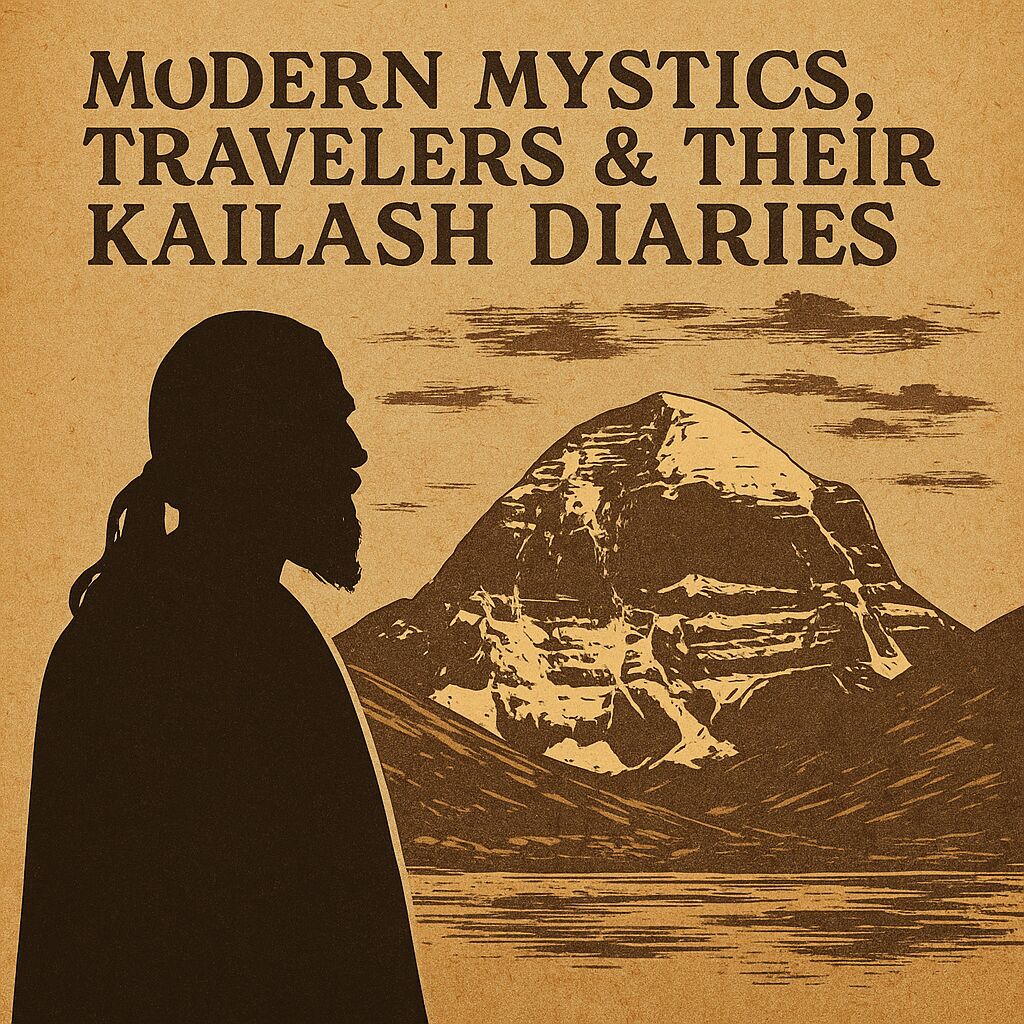 Let’s walk with three towering voices — Swami Chinmayananda, Sadhguru Jaggi Vasudev, Swami Udit Chaitanya — and then peek into the journals of “everyday” travelers who went to Mount Kailash looking for a trek and came home with something very different.
Let’s walk with three towering voices — Swami Chinmayananda, Sadhguru Jaggi Vasudev, Swami Udit Chaitanya — and then peek into the journals of “everyday” travelers who went to Mount Kailash looking for a trek and came home with something very different.
1. Swami Chinmayananda – one of the Modern Mystics
— The Vedantin Who Found the Silence Behind the Silence
When Swami Chinmayananda travelled to Kailash in the 20th century, he wrote with the clarity of a philosopher and the vulnerability of a child seeing the ocean for the first time.
His words describe:
A silence that wasn’t quiet — but alive
“On the shores of Manasarovar, I felt the mind dissolve into a deeper listening.”
A mountain that didn’t impress — it humbled
He wrote that Kailash “reduces you to what you truly are — a passing traveler, searching for the unmoving.”
The Dolma La pass as a metaphor for ego-death
He spoke of the climb not as physical strain, but as a symbolic shedding: every emotion, every identity, every idea of “I”.
His travelogue remains one of the most poetic accounts of the mountain, not because he dramatized, but because he described the experience with complete intellectual honesty.
2. Sadhguru Jaggi Vasudev – a Modern Mystic
— The Yogi Who Calls Kailash a ‘Phenomenon’
Sadhguru has taken thousands to Kailash — but even he says he cannot “explain” the mountain.
He writes and speaks of:
An overwhelming stillness
Not emptiness, but presence — “like a being observing you.”
Unusual emotional reactions
He notes that people cry, laugh, sit in silence, feel euphoric, or become introspective without knowing why.
In his words: “Kailash is not a place to see. It is a space to dissolve.”
The landscape as a psychological mirror
He believes everyone encounters their own mind there — magnified tenfold.
Regardless of whether one agrees with his style, his descriptions are remarkably consistent with thousands of independent travellers’ experiences.
3. Swami Udit Chaitanya – another of the Modern Mystics
— The Scholar Who Found Vedanta in Changing Light
A traditional Vedantin whose lens is rational yet devotional:
He sees Kailash as a teaching — not as terrain
- Parikrama = Pradakshina of the Self
- Dolma La = crossing ignorance to reach clarity
- Mansarovar = the Mind in its purest possible form
His travel notes read like a commentary
He analyses the symbolism everywhere — the glacier, the lake, the wind, the rocks — and links each to Vedantic principles. His writing carries the gentleness of a monk and the discipline of a professor.
4. Modern Travelers — The Unintentional Modern Mystics
The funniest part? It’s often the least “spiritual” travellers who get blindsided.
Software engineers, bankers, traders, retirees, college kids… they all go for the “experience,” the bragging rights, the trek. And then:
They find themselves crying at the first sight of Mount Kailash
People describe:
- sudden waves of emotion
- a lump in the throat
- feeling “seen” by the mountain
- dreams filled with light
- unusual calm
- overwhelming gratitude
They talk about clarity as if the mountain reset their brain
“Problems that felt huge back home suddenly looked small.”
“I felt light — like I’d dropped 20 years of burden.”
“I wasn’t thinking anything… for the first time.”
They return changed in subtle ways
More patient.
More introspective.
Or just more aware that life has layers deeper than office deadlines.
Kailash isn’t selective. It speaks to the devout, the doubtful, the decorated, the damaged, the curious, and the clueless — in its own way.
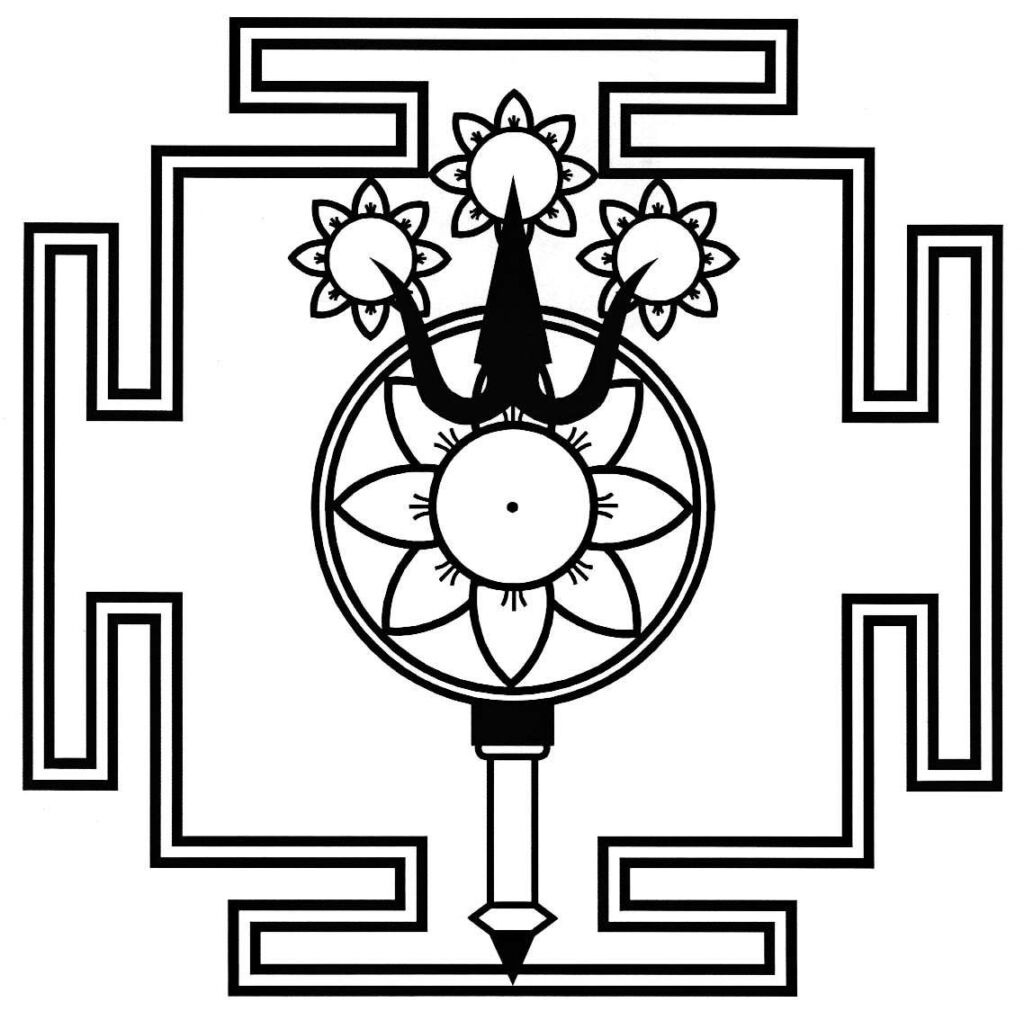 Why Do So Many Modern Mystics Have Similar Reactions?
Why Do So Many Modern Mystics Have Similar Reactions?
You can try to explain it.
Altitude affects cognition.
The landscape is overstimulating.
The silence is absolute.
The cold strips away distractions.
The Himalayas command humility.
But none of this fully explains the uniformity of emotional responses across:
- religions
- nationalities
- age groups
- backgrounds
- belief systems
It’s almost as if the mountain has its own algorithm.
Modern Mystics – a Summary
Mount Kailash isn’t a “spiritual destination.”
It’s a psychological accelerator.
Every guru, scholar, yogi, and traveler — no matter how philosophical or practical — describes the same thing:
Something ancient moves inside you.
Something modern gets quiet.
And suddenly, you realize…
Maybe you didn’t come to Mount Kailash.
Maybe Mount Kailash called you.
Here is some more information on the journey to Kailash-Manasarovar: Where Heaven Keeps Its Address Public
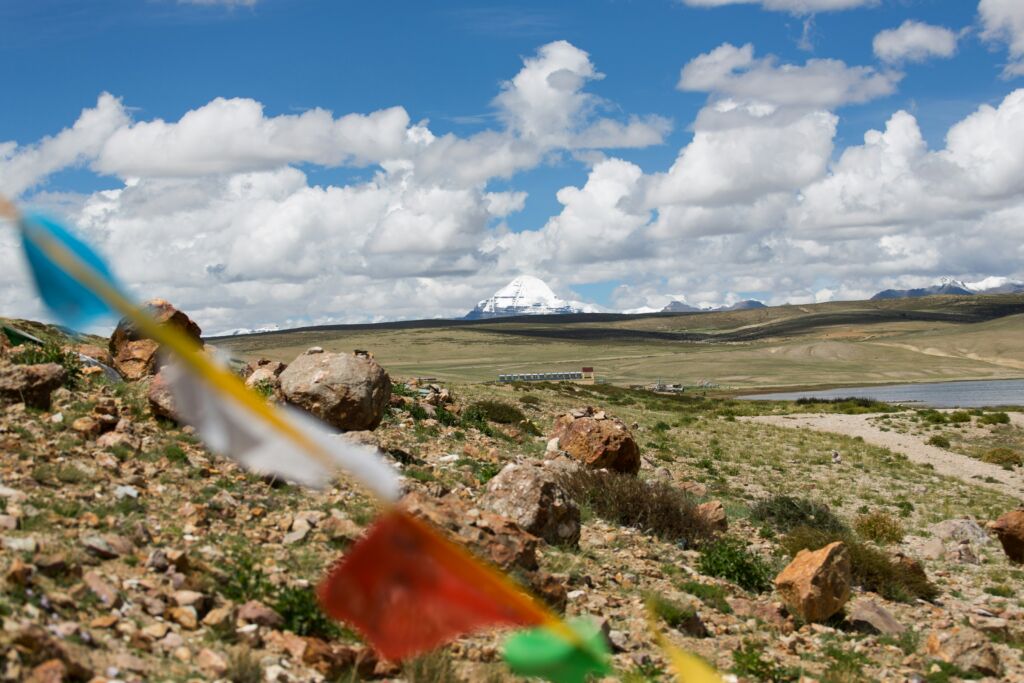

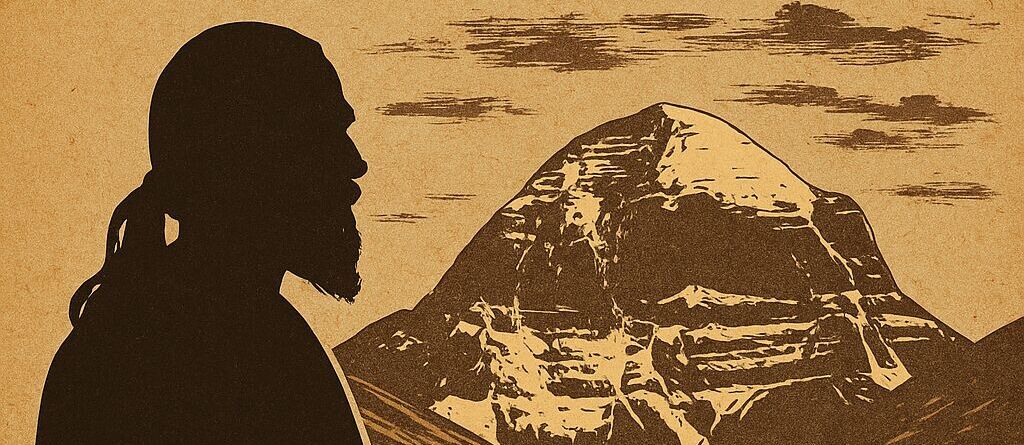
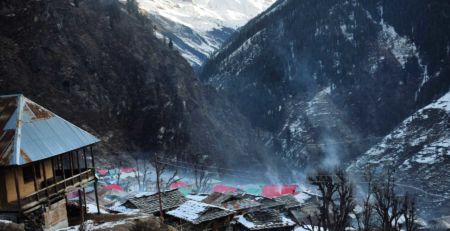


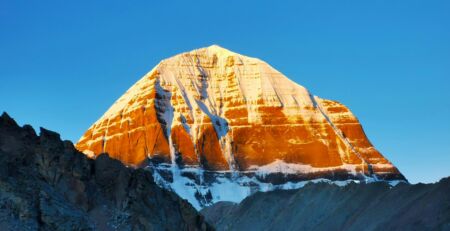
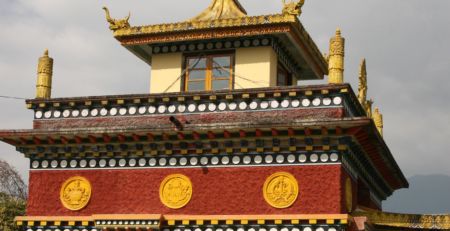
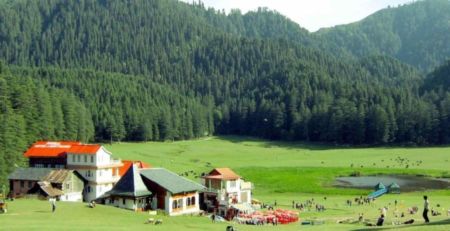
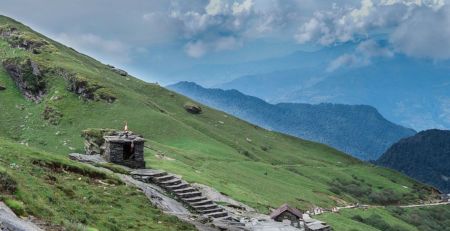

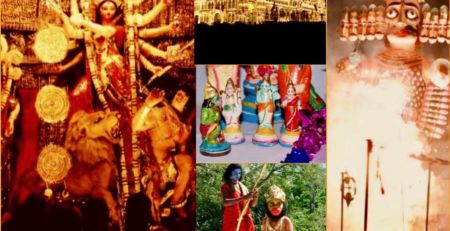
Leave a Reply